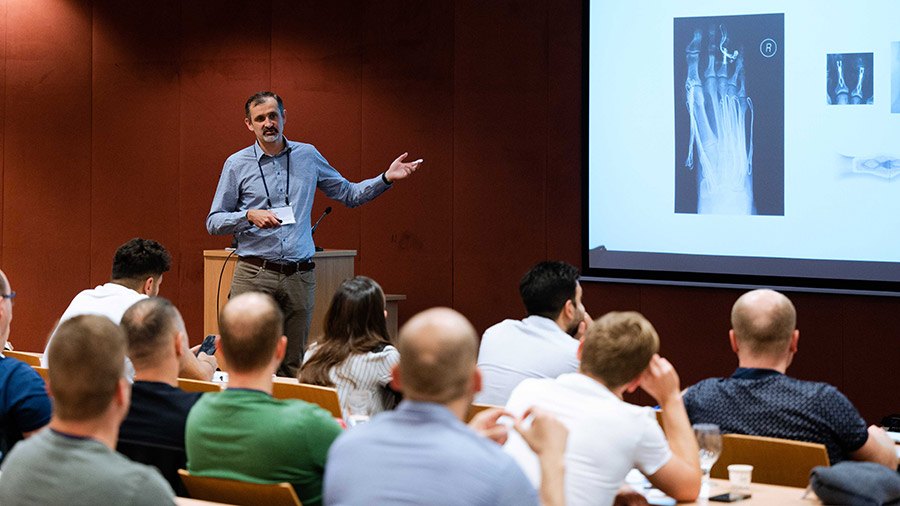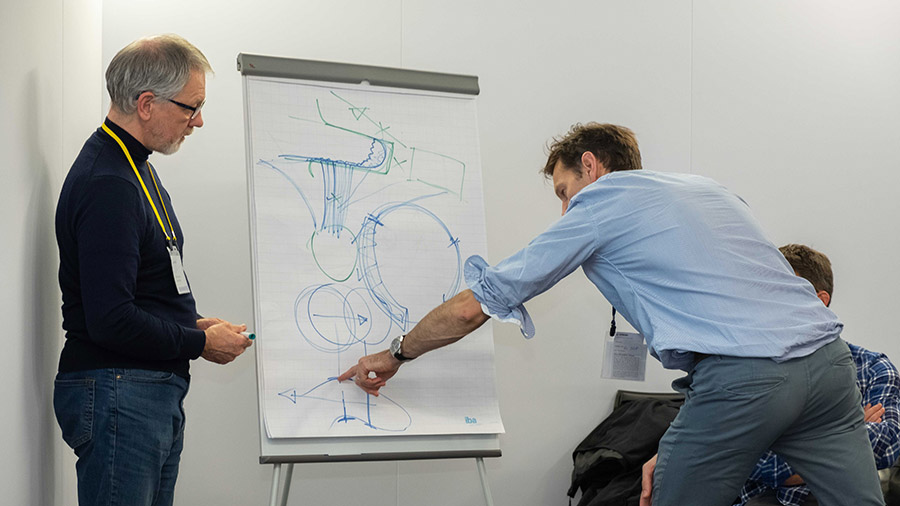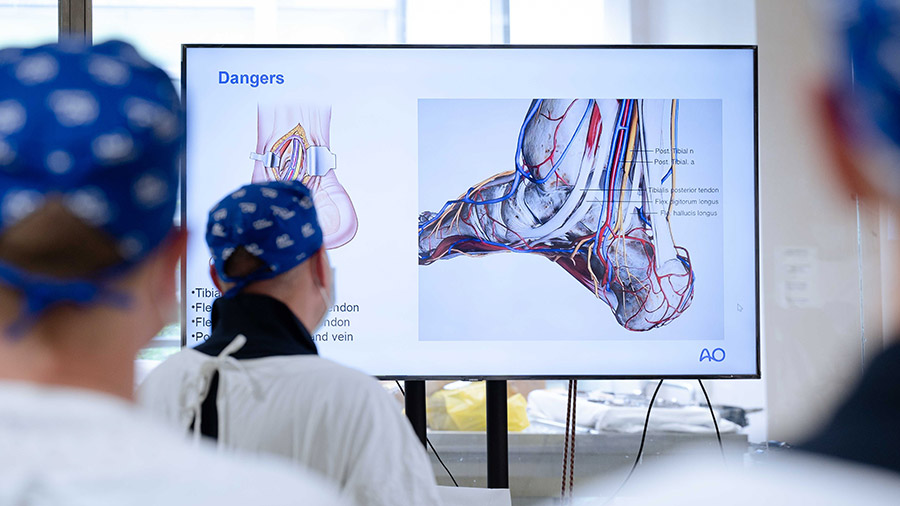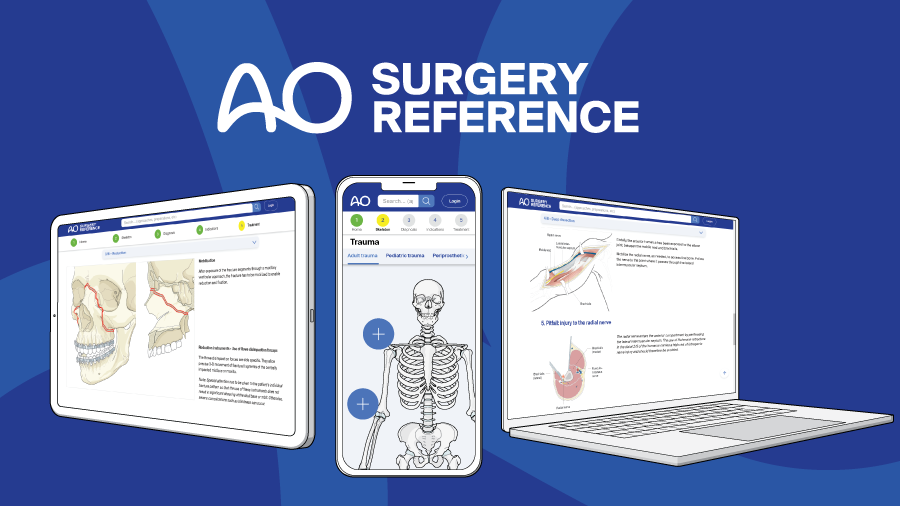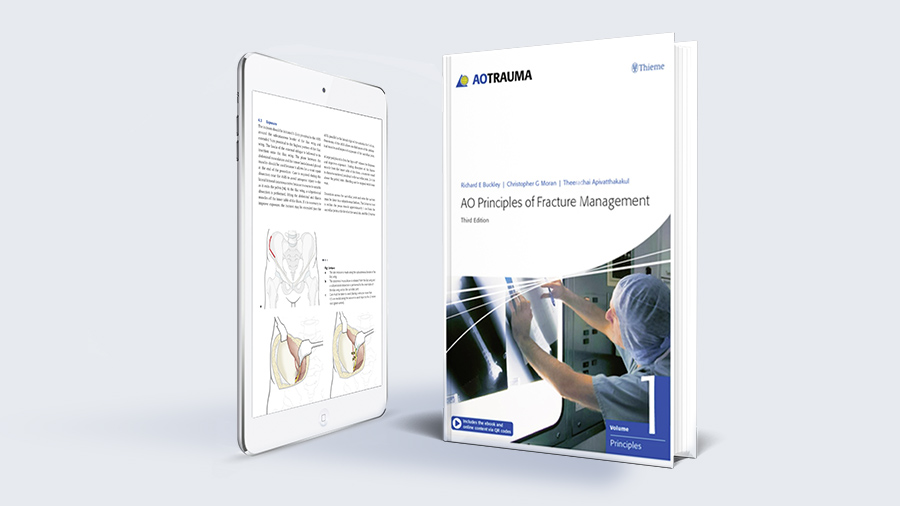AO Trauma Course—Foot and Ankle Trauma
AO Trauma’s foot and ankle curriculum offers a wide range of competency-based activities and resources that support your educational needs. The Masters-level course is aimed at traumatologists, orthopaedic surgeons and other surgeons actively engaged in the treatment of foot and ankle fractures, who want to increase their level of specialization in lower limb treatment.
The courses teach current concepts and techniques of complex foot and ankle surgery, aiming at full functional restoration of the injured foot. Participating surgeons concentrate on the application of surgical planning and advanced techniques in the management of complex foot and ankle injuries.
Why you should choose this course
Top national, regional, and international faculty
2-4 days in duration
For surgeons who already treat foot and ankle fractures
Network with colleagues from all over the world
CME credits
Course content
-
Course modules
- Module 1: Ankle trauma
- Module 1a: Ankle fractures
- Module 1b: Pilon fractures
- Module 2: Hindfoot trauma
- Module 2a: Calcaneal fractures
- Module 2b: Talar fractures
- Module 3: Midfoot trauma
- Module 3a: Lisfranc fractures
- Module 3b: Chopart/navicular fractures
- Module 4: Forefoot trauma
- Module 5: Soft-tissue trauma
- Module 6: Anatomical specimen workshops full day
- Module 7: Minimally invasive osteosynthesis
- Module 1: Ankle trauma
-
Practical exercises
- Pilon Fracture
- Calcaneal fracture
- Lisfranc fractures
Course details may be subject to change. Please check your chosen date and location for the detailed program.
Target audience
- Foot and ankle specialists early in their careers
- Generalists (orthopedics) spending about 20 percent of their time on trauma (including community surgeons)
- Foot and ankle experts
- Trauma surgeons
Competencies
The curriculum is based upon 8 competencies:
- Perform adequate clinical evaluation and workup
- Recognize the potential for higher complication rates in patients with comorbidities, and plan appropriately
- Apply appropriate timing and staging in the treatment of fractures and dislocations, including polytrauma
- Recognize the indications and goals for reconstruction and perform procedures or refer, subject to expertise
- Select and perform appropriate surgical procedures, including handling of soft tissue
- Apply the principles of internal fixation and bone healing, including minimally invasive surgery
- Educate the patient regarding rehabilitation and prescribe an appropriate program
- Recognize and manage early and late complications
What does competency-based curriculum development mean?
Resources
AO Surgery Reference
Explore the award-winning online repository for surgical knowledge, describing the complete management process from diagnosis to aftercare for fractures in a given anatomical region.
Foot and ankle education task force

Lori Reed (US)
Term: 2022–2027
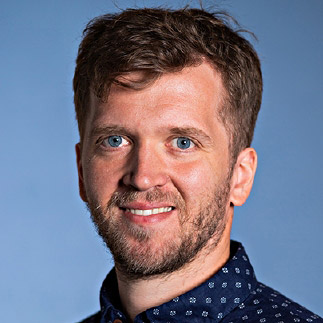
Igors Terjajevs (LV)
Term: 2023–2025

Alexandre Godoy-Santos (BR)
Term: 2024–2026
See a full list of all regional program contributors and past international program editors.

“This curriculum redesign promotes interactive learning and offers a robust and flexible framework to build education that improves health care delivery. I'm sure it will equip our surgeon learners with better tools for improving their patients' outcomes.”
Stefan Rammelt (DE), former member of the foot and ankle education taskforce
Not the right course?
Find our list of all curricula courses here.

